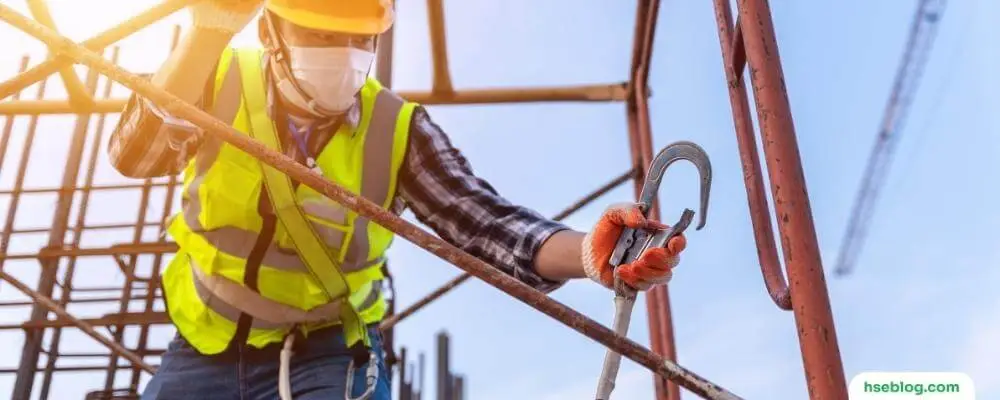
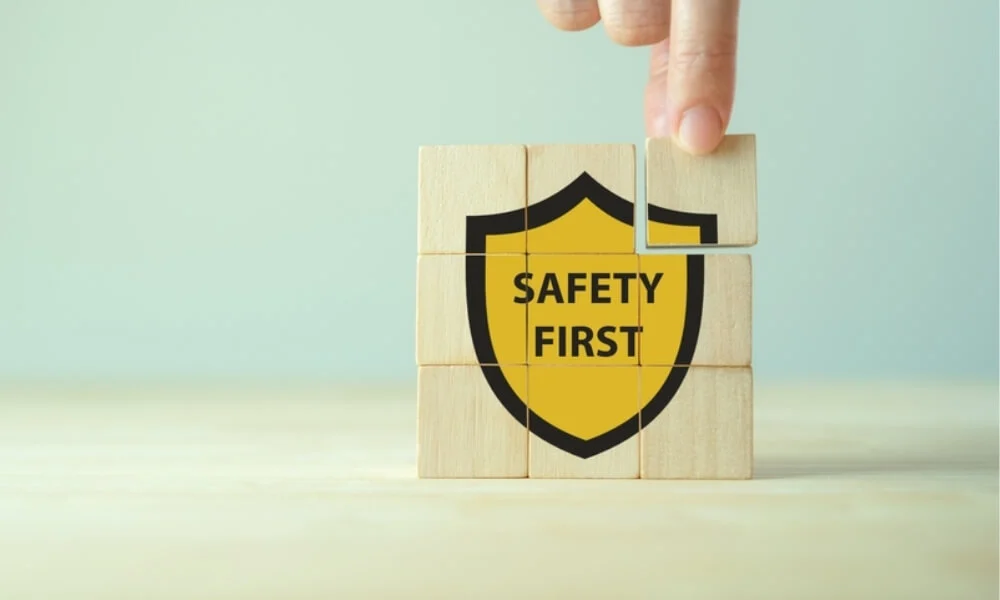
In the dynamic landscape of the modern workplace, ensuring safety is more crucial than ever. This blog post sheds light on the concept of Safe Systems Of Work (SSOW) – an essential framework for managing potential hazards and reducing the risks in various work environments. From construction sites to corporate offices, SSOWs play a pivotal role in ensuring that all operations are carried out safely, protecting employees and employers.
But what exactly does SSOW entail, and how can we effectively develop such systems? In this comprehensive guide, we will unfold the layers of SSOW, helping you understand its importance, core components, and roles of different stakeholders, and, most importantly, guiding you on developing a robust SSOW. Regardless of your industry, creating and maintaining a safe work environment should always be a priority, and understanding SSOW is the first step in this journey. Let’s delve in and explore how to make safety a standard, not an afterthought.
A system of work is a set of procedures according to which work must be carried out. Safe systems of work are required where hazards cannot be eliminated and some risk still exists. When developing your safe systems of work, consider how the work is carried out and the difficulties that might arise and expose you or your workers to risk. Then develop procedures detailing how the work must be done to minimize or reduce the risk of accident or injury.
Systems of work must be communicated and understood by the relevant employees. The detail of the system of work, for example, whether oral or written, will depend on the level of risk and the complexity of the work involved. For example, high-risk activities with a risk of serious injury or death must have documented systems of work that are strictly supervised and enforced.

The importance of safe systems of work stems from the recognition that most accidents are caused by a combination of factors (plant, substances, lack of training and/or supervision, etc.). Hence prevention must be based on an integral approach and not one which only deals with each factor in isolation. The adoption of a safe system of work provides this integral approach because of an effective, safe system:
It follows from this that the use of safe systems of work is in no way a replacement for other precautions, such as good equipment design, safe construction, and physical safeguards. However, there are many situations where these will not give adequate protection in themselves, and then a carefully thought-out and properly implemented safe work system is especially important. The best example is maintenance and repair work, which will often involve, as a first stage, dismantling the guard or breaking through the containment, which exists for the protection of the ordinary process operator. A permit-to-work procedure will be the most appropriate type of safe work system in some of these operations. The operations covered may be simple or complex, routine or unusual.
Whether the system is verbal or written, and its operation is simple or complex, routine or unusual, the essential features are forethought and planning – to ensure that all foreseeable hazards are identified and controlled. In particular, this will involve scrutiny of the following:
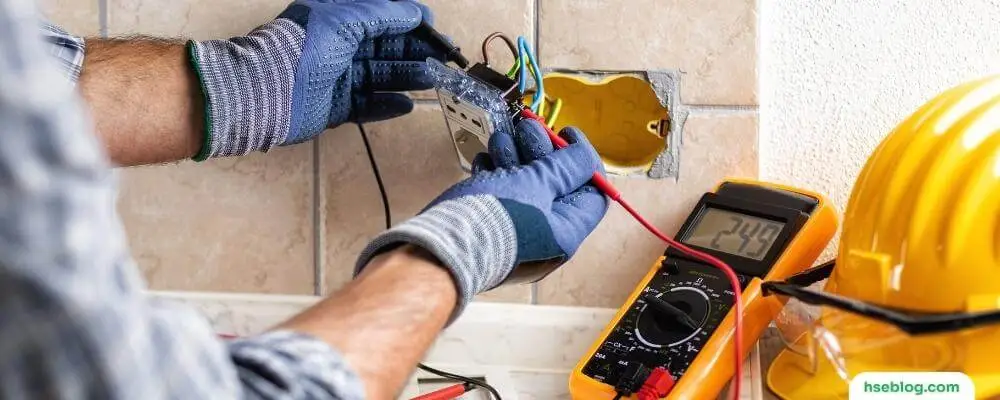
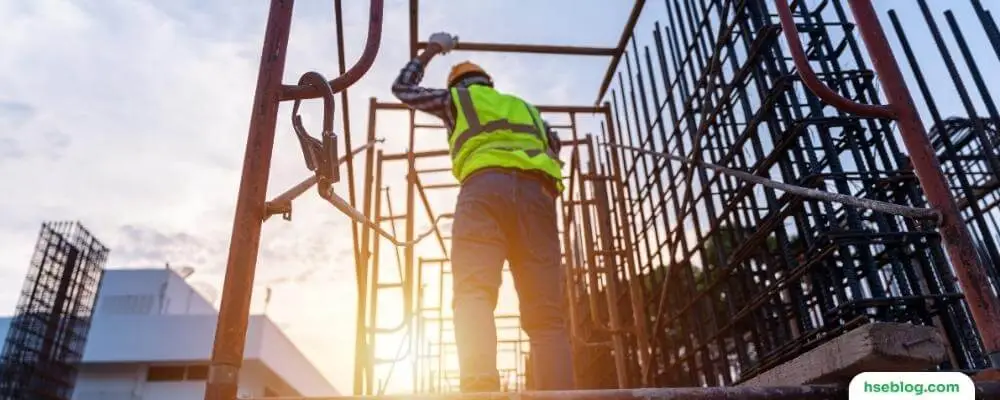
Developing a Safe System of Work (SSOW) is a systematic process that requires careful analysis, planning, and implementation. Here’s a step-by-step guide on how to create an effective SSOW:
To determine where safe systems of work need to be developed, you should start by assessing your organization’s operations.
A safe system of work should be based on a thorough assessment of the task the system is to cover, so all aspects of a particular task/job must be examined and put into writing to ensure that no task elements are overlooked.
This assessment should be done by supervisory staff with input from workers with detailed knowledge of the activity. That way, the work system is effective, practical, and safe, and supervisors’ assumptions about work methods don’t differ from reality. Also, consulting with workers exposed to risks (either directly or indirectly) is a legal requirement.
Workers may also be best positioned to help prepare a safe work system.
The law requires employers to conduct a ‘suitable and sufficient assessment of all risks to which employees and others may be exposed. So, once you have produced a detailed overview of the task, the next step is to conduct a risk assessment. This involves listing the task’s elements, and for each element:
The exact method of analysis you adopt depends on the nature of the task/job or operation.
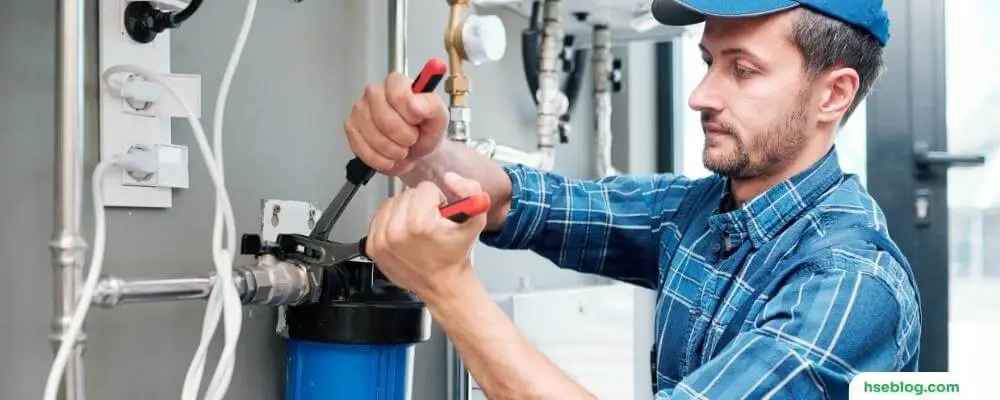
If you can’t eliminate hazards and risks, procedures must be followed to ensure a safe work method.
Instructions must be given by supervisors or managers; leaving your workers to devise their own work method isn’t a safe work system.
Different jobs will require different types of safe systems, depending on the level of risk involved. For example, a very-low risk job may just require workers to follow a simple set of safety rules or a previously agreed guide (which may or may not be in writing). On the other hand, a very high-risk job may require a formal written permit to work system.
The chosen method can be explained verbally and/or in writing. The following is a general guide to risk level and the safe system type required:
Documented methods should, as far as possible, be written in a clear and non-technical style. It’s a good idea to present safe systems of work as easy-to-read simple summary sheets containing all the key points workers need to know to carry out the task safely. Whatever the method, a typical safe system of work template should cover the following:
Safe systems of work will only be effective if properly implemented and maintained.
Training
To ensure safe systems of work are followed every time, your employees must be:
Everyone must appreciate the need for the system and its role in preventing accidents. Particular training might therefore include:
Communication
Remember, there must be adequate communication for the system to be successful. The system’s details should be fully understood by everyone who works with it. The importance of discussing the proposed system with those who will have to work under it and those who have to supervise its operation cannot be underlined enough.
Regular reviews
Safe systems of work must be reviewed and revised regularly to take account of changed conditions or accidents. See ‘How often should SSOW be reviewed?’ for more information.
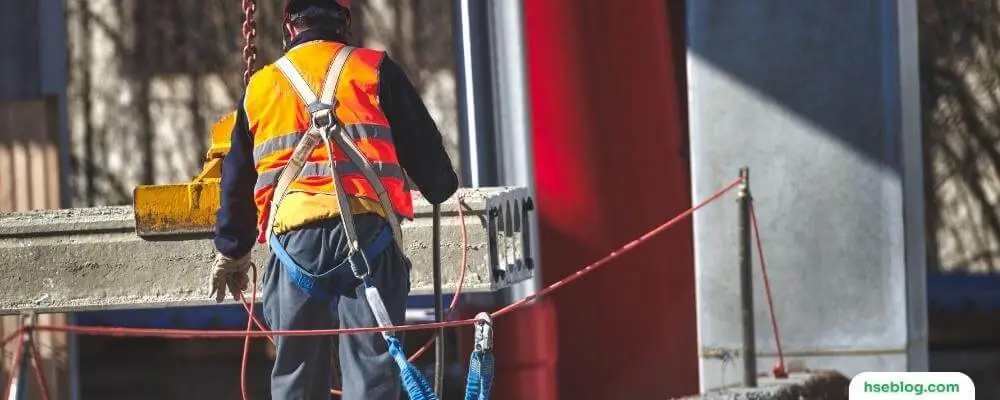
Your system must be carried out on each and every occasion. This requires effective monitoring: regularly checking to ensure that the system remains appropriate for the task and is fully complied with. It is not enough to only check systems after an accident.
Simple questions to ask may include:
Remember, a devised system that is not followed is NOT a safe system of work. Always seek to find and fix problems.
Importantly, there must always be sufficient supervision if the system is to going to be followed and work carried out safely. The level of supervision required will depend on the particular worker’s experience, the complexity of the task, and the risks involved.
Safe systems of work should be reviewed at least annually to ensure:
When working on a construction site, many potential hazards can put workers at risk of injury or death. To help ensure the safety of employees, employers should develop and implement a safe system of work.
A safe system of work is a set of procedures and policies that are designed to eliminate or minimize risks to workers. It should be customized to the specific work environment and tasks being performed.
Some elements of a safe system of work include:
By implementing a safe system of work, employers can help protect their employees from injuries, illnesses, and death.

Safe Systems of Work (SSOW) requires the participation and commitment of various individuals within an organization. Each role is critical in ensuring that the system is effective and safety standards are upheld. Here’s a look at these roles:
The competent person appointed under the MHSW Regulations and/or the CDM Coordinator appointed under the CDM 2007 Regulations should assist managers in drawing up guidelines for safe work systems. This will include method statements where necessary, particularly in construction work. The competent person should prepare suitable forms and advise management on safe systems’ adequacy.
Primarily management is responsible for providing safe systems of work, as they will know how the task should be carried out.
Management is responsible for ensuring that employees are adequately trained in a specific safe system of work and are competent to carry out the work safely. Managers must provide sufficient supervision to ensure the work system is followed and the work is carried out safely. The level of supervision will depend on the experience of the particular employees concerned and the complexity and risks of the task.
When construction work is involved, principal contractors will need to monitor sub-contractors to check that they are providing suitable safe systems of work, have trained their employees, and carry out the tasks according to the safety systems.
Many people operating a piece of machinery or a manufacturing process are in the best position to help prepare safe systems of work. Consultation with those employees who will be exposed to the risks, directly or through their representatives, is also a legal requirement. The importance of discussing the proposed system with those who will have to work under it, and those who will have to supervise its operation, cannot be emphasized enough. Employees have a responsibility to follow a safe system of work.
A safe system of work should be based on a thorough analysis of the job or operation to be covered by the system. The way this analysis is done will depend on the nature of the job/operation.
If the operation is a new one involving high loss potential, formal hazard analysis techniques such as hazard and operability (HAZOP) study, fault tree analysis (FTA) or failure modes and effects analysis should be considered.
However, a simpler approach, such as job safety analysis (JSA), will be sufficient where the potential for loss is lower. This will involve three key stages:
The results of this analysis are then used to draw up the safe operating procedure or method statement.
There are a variety of controls that can be adopted in safe systems of work. They can be split into the following three basic categories:

A checklist for use in the preparation of safe systems of work is set out as follows:
Safe systems of work should be properly documented. Wherever possible, they should be incorporated into normal process operating procedures. This is so that:
Whatever method is used, the relevant managers should sign all written systems of work to indicate approval or authorization. Version numbers should be included to quickly be verified that the most up-to-date version is in use. Records of documentation copies should be kept to amend all sets when updates and other revisions are issued.
As far as possible, systems should be written in a non-technical style and specifically designed to be as intelligible and user-friendly as possible. It may be necessary to produce simple summary sheets which contain all the key points in an easy-to-read format.

People doing or supervising work must be fully aware of the laid-down safe systems. Preparing safe plans will often identify a training need that must be met before implementing the system effectively.
In addition, people should receive training in how the system operates. This applies to those directly involved in doing the work and to supervisors/managers who are to oversee it.
In particular, the training might include:
Safe work systems should be monitored to ensure they are effective in practice. This will involve:
In practice, these two things go together, as it is likely that an outdated system will not be fully implemented by the people who are intended to operate it.
All organizations are responsible for ensuring that their safe work systems are reviewed and revised appropriately. Implementation monitoring is part of all line managers’ normal operating responsibilities and should also occur during health and safety audits.
In conclusion, Safe Systems Of Work (SSOW) are an indispensable facet of any work environment, designed to reduce risks and ensure all stakeholders’ safety. They involve a comprehensive analysis of potential hazards, followed by developing robust procedures to mitigate those risks. Developing an SSOW requires a thorough understanding of the task and effective communication and training to ensure adherence.
While this may seem complex, its benefits are crucial for maintaining a safe work environment. Investing the time and resources to develop and review an SSOW promotes safety and increases productivity and morale among the workforce.